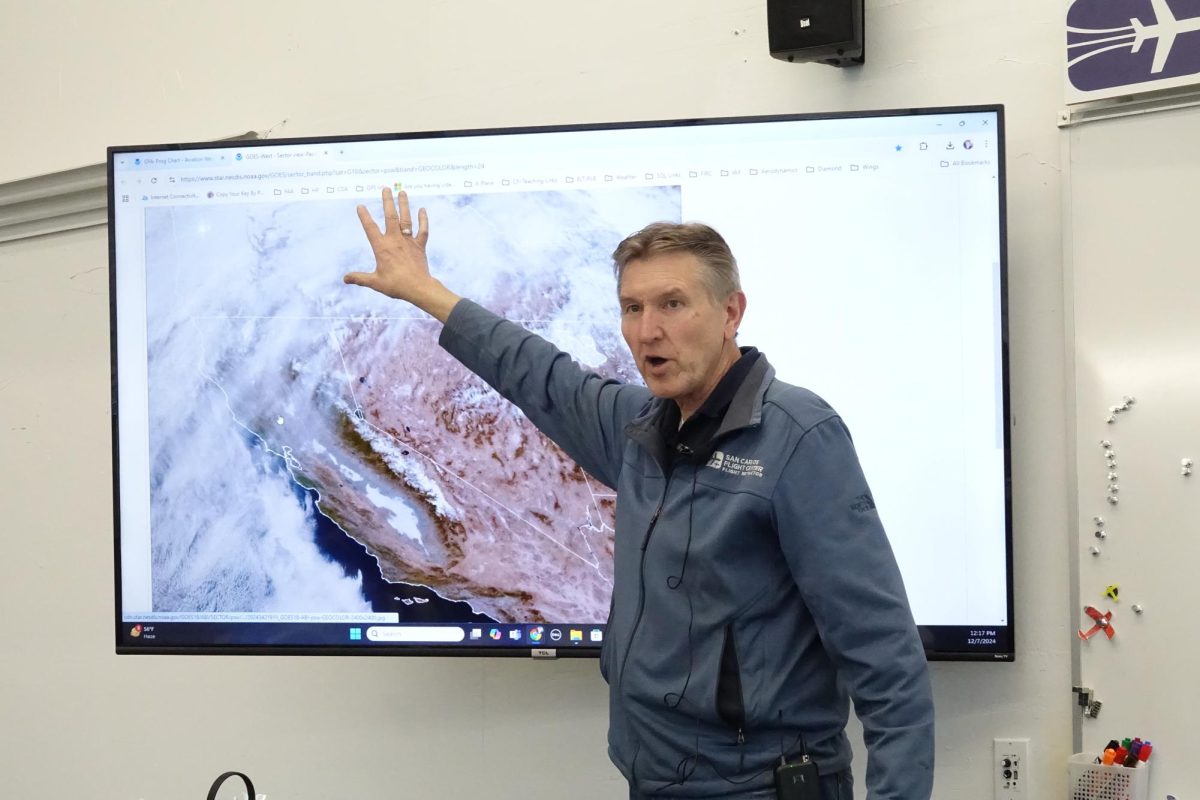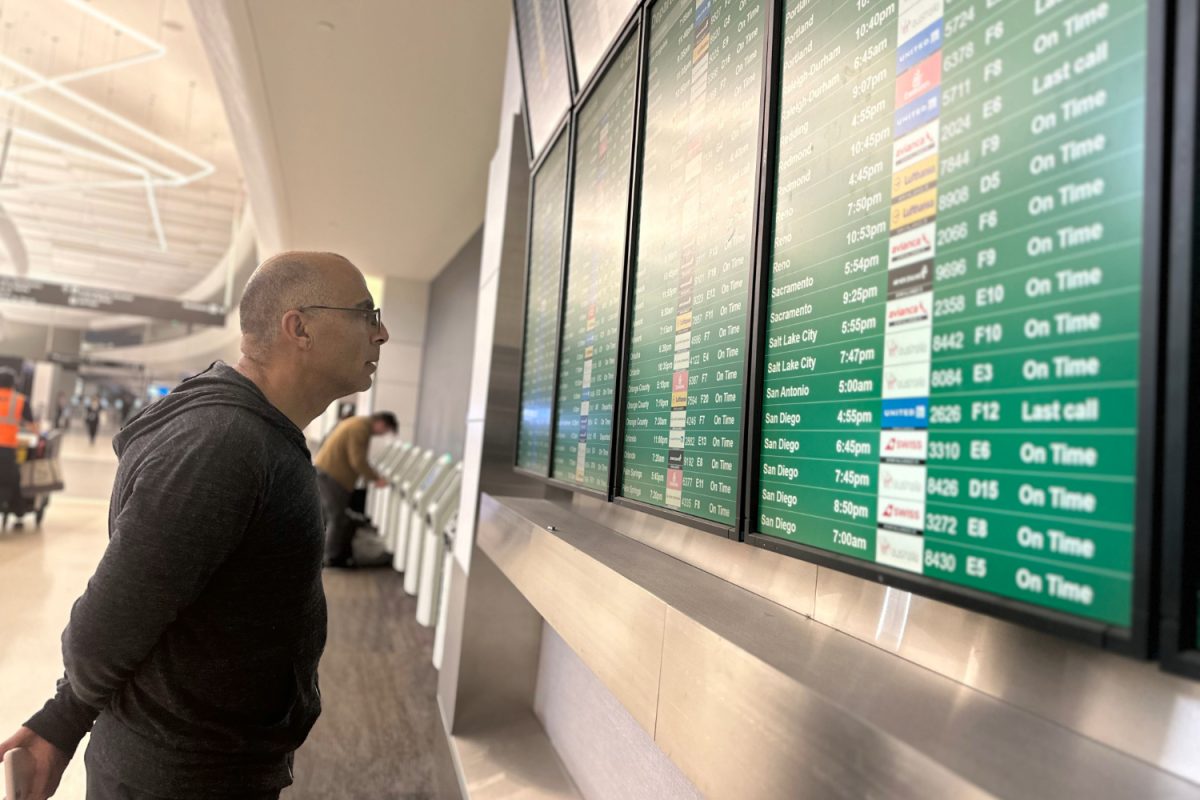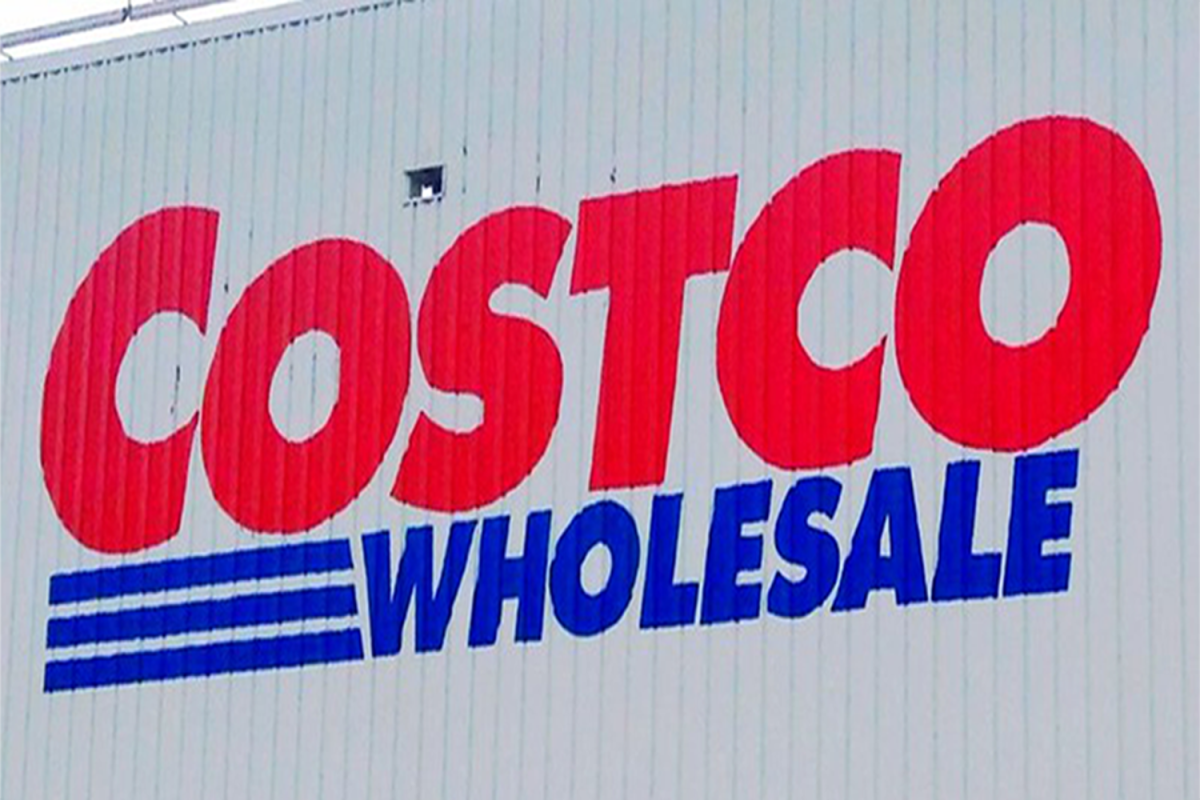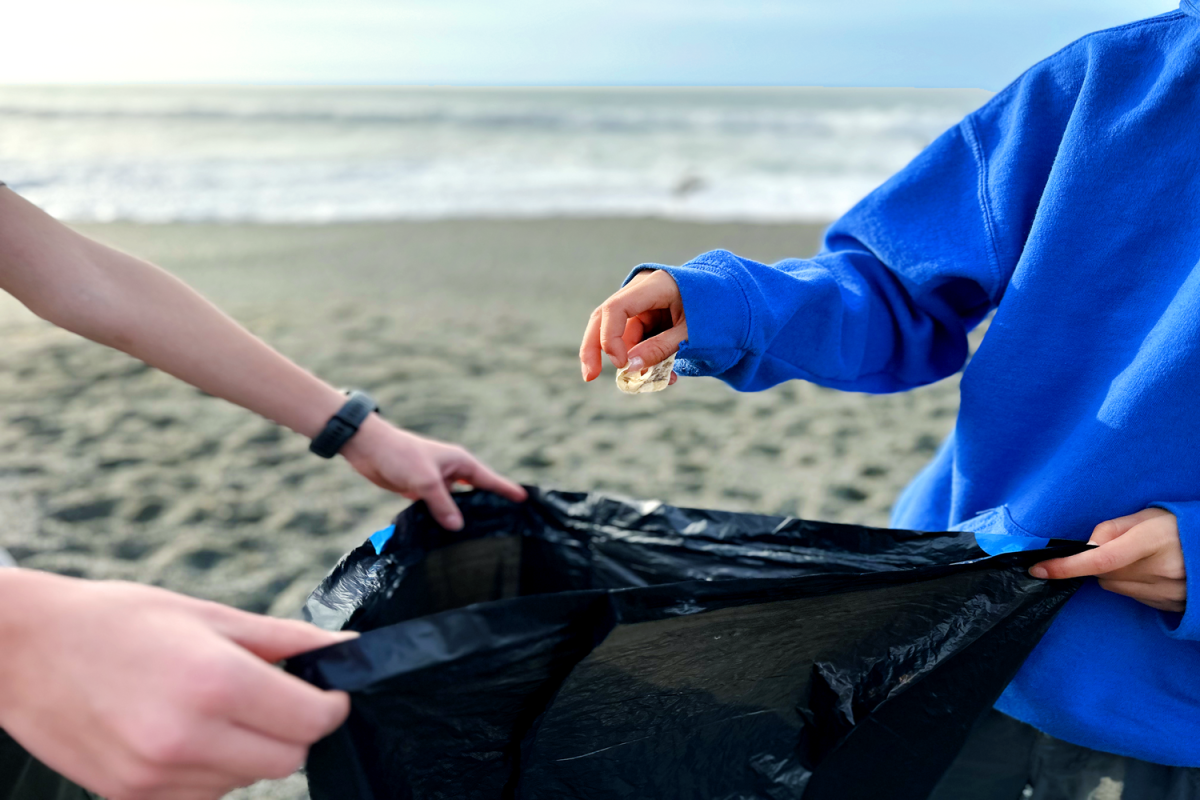Plans to increase further shoreline protection on the Peninsula have begun to help prevent the effects of future sea-level rise in San Mateo County.
According to Climate Central, San Mateo County is the most vulnerable county in California to sea-level rise.
Additionally, the County of San Mateo Sea Rise Vulnerability Assessment illustrated that areas up to Highway 101 could be affected by flooding during major storms if the sea levels rose three feet.
The area of increased flood risk includes most of Redwood Shores, which is home to many Carlmont students. Seona Sherman, a senior, explained why she wasn’t shocked about the eventual threats of flooding in the area.
“I’ve kind of always known that we’re in a flood zone because we are in the Peninsula and I kind of grew up being taught that, ‘Hey, we’re in the flood zone, and if sea levels rise even just a little bit, we’re kind of in danger,'” Sherman said.
The potential flooding affects homes, businesses, and even water infrastructure, which would affect everyone in the county.
“A chunk of our business infrastructure is close enough that, with predicted sea-level rise, we could lose some of our power systems. One of our water filtration plants is out there on the coast, so we need to make sure that as the sea level rises, we protect what makes our city function as a city,” said Michael O’Neall, Carlmont’s environmental science teacher.
Due to the extent of damage that effects of sea-level rise can cause, a collaborative effort to solve the issue is necessary. These agencies collaborate through OneShoreline, a new government agency created to develop a unified effort to protect the Peninsula.
Len Materman, Chief Executive Officer of OneShoreline, described the importance of having this type of collaboration.
“If you think about it, if just one city worked on this issue alone, they can work within their city, but they don’t have the ability to work outside of their city, and without that ability, you can tie off the protection,” Materman said.
Recently, planning began in the areas of Burlingame and Millbrae, as well as San Francisco International Airport (SFO), to raise the shoreline. They plan to put a barrier between the existing shoreline and the bay to help absorb and hold the water.
According to SFO’s Shoreline Protection Program, the airport would use concrete capped steel walls around the perimeter of their part of the shoreline, which is considered a hard barrier.
However, a hard barrier doesn’t have the best environmental impact, as hard barriers don’t allow space for natural habitats to survive. Also, as the sea level rises, floodwalls can be prone to erosion.
Although there is an environmental consequence, it might be the best option for the airport since a seawall doesn’t take up much space and is largely effective for their needs.
While some methods may not be the best for the environment, Materman noted that the goals for the projects, including the Millbrae and Burlingame projects, are to pick barriers that can easily adapt to the existing habitat. Additionally, the hope is for the developing infrastructure to coexist with existing habitats and wildlife.
“It’s not so much one or the other; it’s more of how we achieve the objectives for both built and natural areas, and, in some cases, natural areas can help protect both,” Materman said. “If you put them on, for example, the bayside of a levee, it helps build up a gradual slope that creates new habitat as seas rise, then the critters can adapt to the rising water levels.”
In Redwood Shores, there are ongoing plans to extend the levee system to further protect the area from possible flooding. The agency is currently looking at sites to expand the levee system to improve the system’s efficacy while also creating increased marshland ecosystems.
While both of these projects are still in early development, Materman stated the importance of starting now to create protections for the Peninsula rather than waiting for the effects to reach the shores first.
“Climate change is not waiting for anybody to give it a permit, and climate change is moving forward regardless of what we think about it,” Materman said. “So, we should be making those decisions today and starting to build protection today because the costs and the challenges only increase over time.”
O’Neall agreed and explained that while it is too late to prevent sea-level rise, it is important to now adapt to our changing climate to allow for our cities to survive.
“The Bay Area already does so much to try and be pioneers in fighting climate change. I don’t think we’re going to be able to do anything to slow or stop water level rise. It’ll just be preparing for when it does happen and making sure [the at-risk areas] don’t go underwater,” O’Neall said.
Materman concluded by saying that while issues with the effects of climate change will hit closer to home over the next few decades, all hope isn’t lost to continue to care for the planet and deal with global consequences.
“It’s not hopeless at all,” Materman said.

![In addition to shoreline protection with levees, there is hope to add trails on top of them to make it an additional cultural value. "The current thinking, wherever possible [is] to include a levee with a broad slope towards the bay and in a trail on top," said Len Materman, chief executive officer of OneShoreline.](https://scotscoop.com/wp-content/uploads/2022/05/IMG_3839-e1653802863774-900x598.jpg)










